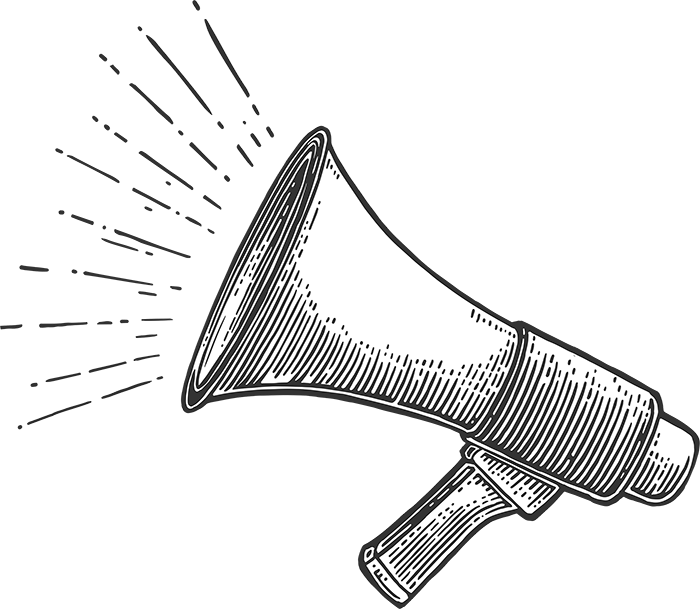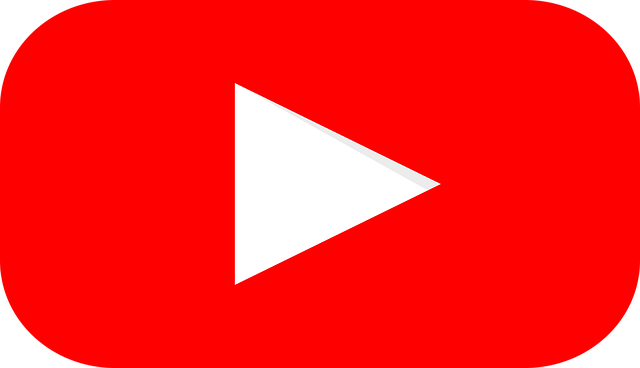Analytics: Marketing Metrics for your Business – BlueGlass LA
Good morning and happy Monday. Virginia and I are tag-teaming all the conference coverage you could possibly want. Since there’s only one track, we’ve divided up the duties. I’ll be liveblogging all the super informative sessions and Virginia will be on the ground as our roving reporter. Look for awesome interviews and great SEM Synergy content in the future.
 |
Let’s jump right in, shall we? Chris Winfield introduces the conference and gives some background on the company behind it then we get down to business. Your speakers for this session are Dave McClure, Angel Investor and Neil Patel, Co-Founder, Crazy Egg, KISSmetrics. From experience, I know Neil talks at the speed of light. Pray I can keep up, folks.
Dave’s provided his slide deck, which you can pick up here: Marketing Metrics 4 Pirates. He’s up first. His alternate hashtag for the session is #arrr.
Most of the room is made up of marketers with a few straight up geeks. The thing about marketing is really just finding things that people respond to. Establish relationships with people based on something that they love or hate. Passion is better than indifference. As a start up, don’t market your product until people care about it. If your product sucks and no one cares, that’s worse than if it sucks and people respond to that fact. Understand customers first.
Launch is not a discrete time frame. “You only have one chance to make a first impression” is usually BS. Most people won’t notice or care (unless you piss off an SEO and they take revenge.) [AN: This goes double if it’s Rae.]
Dave suggests that everyone read Geoffrey Miller. Either The Mating Mind or Spent. Most people in marketing don’t spend enough time thinking about the human mind. He also recommends Influence: The Psychology of Persuasion and Understanding Comics.
First, Discover Meaning
You can iterate around hate, you can’t iterate around indifference. It’s like pushing on a rope. Optimize for happiness.
Define states of user and business value.
Prioritize (Estimate) relative value of each state.
Move users: lower value –> higher value.
Optimize for user happiness/business $$$.
Achieve low cost + high value at scale.
How do you discover meaning? Talk to people. See how they react. Have you broken a bone? What was that like, what was the reaction? That’s visceral, that’s meaning. Get a reaction. Don’t just shove information at people trying to hit buzzwords. Know what you’re targeting first. Know who you’re targeting. Look at the psychographic background of your users and orient around your specific customer prototypes. If you don’t get a reaction, you don’t necessarily need to change your product, you might need to change your target. [AN: This relates back to accepting what your audience gives you.]
Some (other) expert perspectives: Don’t start building long cycle product stuff before you’ve figured out the customer (Steve Blank). Iterate, Dammit (Eric Reis). Would you scream if I took this away? If they don’t care, you don’t have a product (Sean Ellis). Dave recommends “kill a feature”. Every week kill a feature and see if anyone flips out. Find a thing that matters and validate it against customers.
What are the meaningful metrics? Not unregistered uniques or monthly subscribers. But the people who come in and view 2+ pages/stay 10+ secs, etc., those are the people you want to look at.
Acquisition, Activation, Retention, Referral, Revenue — Marketing for Pirates
If people are not reacting and aren’t coming back Do Not Waste Time On Marketing. You have to be meaningful first.
What’s my business model:
2. Get users
1. Drive usage
3. Make money (ideally profitable revenue)
Most people go in the order listed. Dave suggests you go in the numbered order. Find five or ten people who care first. Test it on Craigslist.
Startup Challenges have three key problems: Management, Product and Marketing. Focus on a few critical actionable metrics. Hypothesize customer lifestyle, target three to five conversion events (less = more), test around it.
When are you done building your product? When you’re at least two points better (on a 1 to 10 scale) than the alternative that your customers are aware of. When you’re done, stop adding features and start marketing. At that point, measure, test, iterate fast. Optimize for conversion improvement — 80% on existing feature optimization, 20% on new feature development. Your features should be fun or useful.
What matters: Volume, cost and conversion. (High, low, high). Figure those out for each channel and baseline them against each other so you know where to spend your time/money. Make sure you include timing cost. Aim for less than 50% cost eventually. Understand at what point you start to make money.
Check out his slide deck for more resources and things that I couldn’t type fast enough to cover.
Neil gets to go next. He has seven points and he numbered them. I love you, Neil.
1. How unique is a visitor? Tracking uniques is a terrible metrics. Everyone has multiple devices these days, they could be coming to you seven times from seven browsers. One guy looks like seven.
2. Metrics can be misleading: Why not track people instead? Tie log in credentials to their IP addresses. Build a profile around who they are, not where they are logging in from.
When you tie to people, you can make better decisions. Maybe mobile doesn’t bring you conversions but what you don’t know is that people who have already converted visit you on mobile all the time to continue their relationship.
3. Some people need time before they buy: Last click counts fails to take into account a product lifestyle. Analyze the first entry source not just the last entry source.
Neil likes ReTargeter for tracking people. $500 a month. Tracks people across the Web.
4. Get targeted feedback: He asked everyone on his blog “how disappointed would you be if you could no longer read this blog?” The first time, it wasn’t conclusive. He narrowed it to returning visitors only and got better data. Use CrazyEgg, UserWhy
Never Stop Asking Questions: People change their minds so sometimes you need ask them over and over again.
5. Who is engaging? Not everyone engages the same way or on the same level. Neil gets a bunch of users from Twitter. Even though he doesn’t like Twitter, he finds that they’re the most engaged users who come to his site. The most engaged users keyword wise are the ones looking into “heatmap” or “heat map tools” — they have a higher lifetime value.
6. Use event tracking: Don’t just track what people are doing, track what different people are doing. What’s more important 100 visitors clicked on the play button or 10 people clicked on the play button. People are more valuable than raw numbers.
7. Real conversion rate: Conversion tracking doesn’t end when people sign up. Free users convert into paid users. Subscribers become users. You need to track where free users originally came from so that you can follow their path and their lifetime value.
What Neil Tracks:
- Where people first came from
- What did they do before they converted into a paid customer
- How long before they started paying
Chris reiterates Neil’s point about returning users being valuable.
Q&A
Should we be using Google Analytics?
Neil: I think they made a great product. You should use it, use log files, use other products as well. It’s not should they use it or not, it’s what they should do in addition. Just don’t sacrifice load time. Measure the right metrics.
Dave: The biggest problem is that people think that all they need is Google Analytics. It’s not going to tell you meaning and it’s difficult to iterate around.
How do you measure the middle if there’s not a free to paid process?
Dave: Figure out where your traffic comes from, who they are. Where they go when they get to your page. Do A/B testing. Refine your traffic and don’t just focus on what’s high volume right now. Know not just where all visitors come from but from where paying customers come from. Ask them where they came from, how they found you. [plugs InfluenceFinder.com]
Chris: Also find out where they spend time. You think it’s Facebook and Twitter but that’s not the only place they spend time online.
Do you look at acquisition marketing different from retention marketing?
Dave: Yes, absolutely do that.
Neil: If you’re noticing different interactions from different groups, give them content tailored to them.
Chris: The best time to market is 12 to 5 eastern time because everyone’s at work and they’re just surfing the Web. [Hee. (But he’s serious.)]

LEAVE A REPLY









